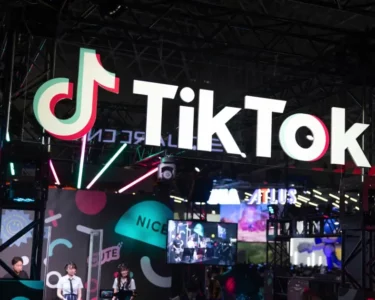Countries around the world are engaged in a race to develop their own generative artificial intelligence (AI) algorithms, which have the potential to drive a significant increase in global GDP. However, Japan is currently lagging behind the United States, China, and the European Union in this field. The development of large language models (LLMs), such as ChatGPT and Baidu’s Ernie Bot, is crucial for advancing generative AI. While Chinese organizations have launched numerous LLMs domestically, and US tech giants like OpenAI, Microsoft, Google, and Meta are leading the way in LLM advancements, Japan is struggling to catch up.
The primary reasons for Japan’s trailing position in generative AI lie in its deficiencies in deep learning and extensive software development. Deep learning requires a strong community of software engineers to develop the necessary infrastructure and applications, and Japan is projected to face a shortage of 789,000 software engineers by 2030. Additionally, Japan currently ranks 28th out of 63 countries in terms of technological knowledge.
Japan also faces hardware challenges, as LLMs require AI supercomputers for training, and no private company in Japan possesses a world-class machine with such capabilities. Access to large-scale supercomputers, such as Fugaku, is crucial for LLM development. To address this, the Tokyo Institute of Technology and Tohoku University are collaborating with Fujitsu and Riken, the developers of Fugaku, to develop LLMs based on Japanese data. The Japanese government is also investing in a new supercomputer in Hokkaido, dedicated to LLM training, to boost Japan’s generative AI development.
Efforts are being made by the Japanese government and private companies to enhance the country’s position in generative AI. Prime Minister Fumio Kishida expressed support for the industrial use of generative AI technology, and SoftBank’s mobile arm plans to develop its own generative AI platform. NTT, the Japanese telecommunications company, also aims to create a lightweight and efficient LLM service for corporations. While these private sector initiatives are a step forward, establishing a robust infrastructure and addressing technical challenges will take time.
In terms of AI adoption, over 60% of companies in Japan have a positive attitude toward using generative AI in their operations, with some already implementing it. Hitachi has established a generative AI center to promote the safe and effective use of the technology. The Japanese government is considering the adoption of AI technologies like ChatGPT, provided that cybersecurity and privacy concerns are adequately addressed. It is important for the government to establish guidelines and regulations to ensure the responsible and ethical use of generative AI.
While Japan may face competition and challenges in catching up with global leaders in generative AI, increased participation from Japanese tech companies and a positive attitude toward AI adoption bode well for future developments in the field. With a focused approach, investments in infrastructure, and a skilled workforce, Japan has the potential to improve its standing in the generative AI landscape.




